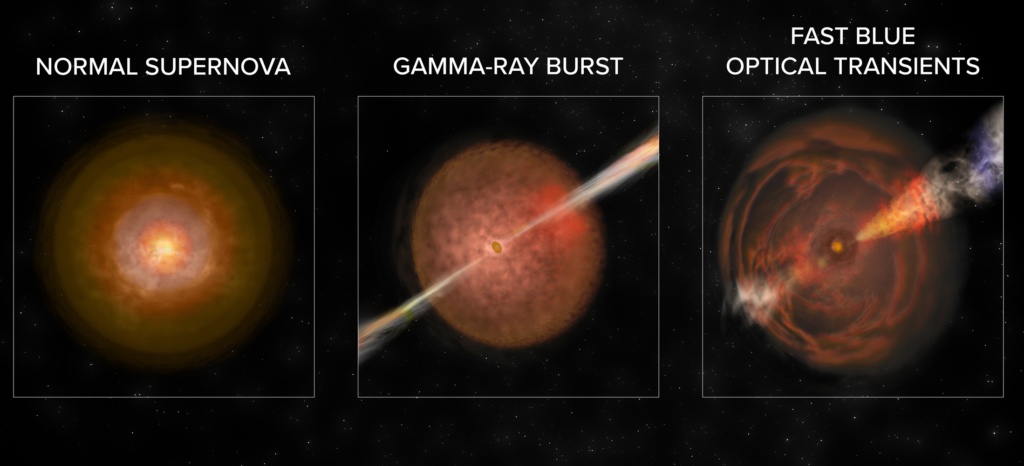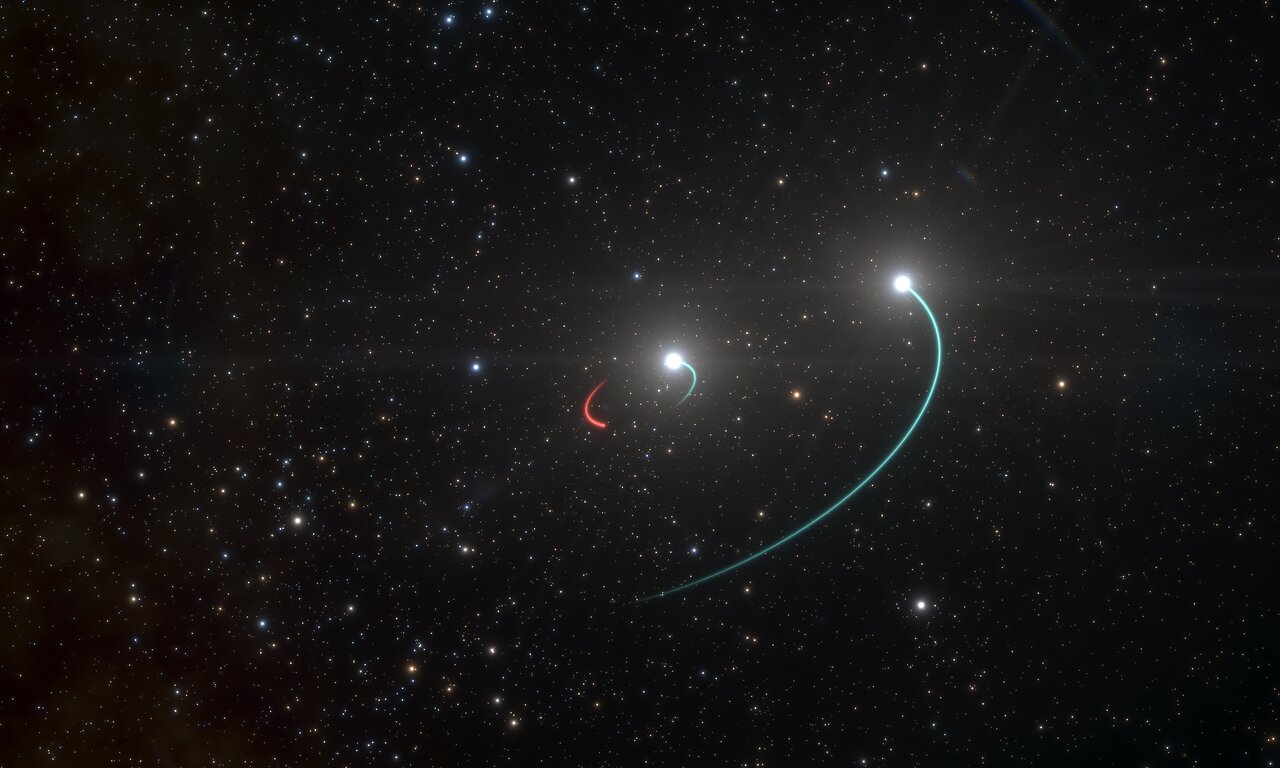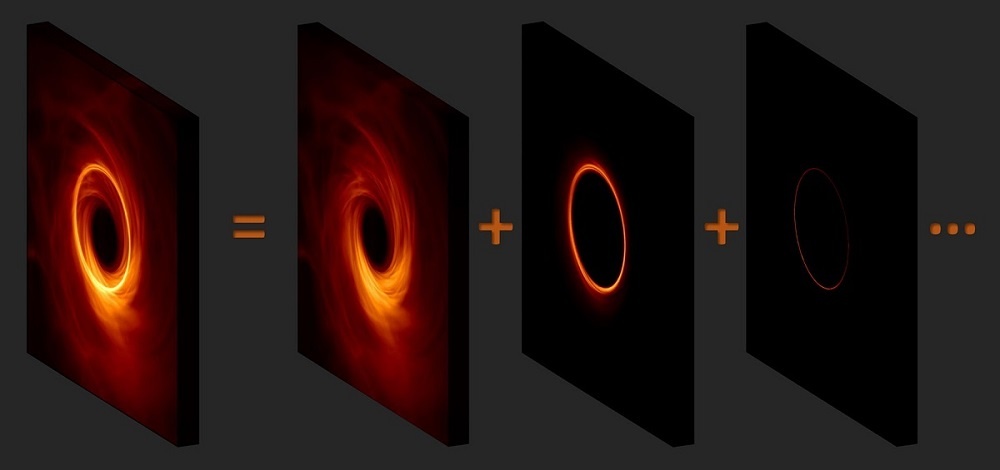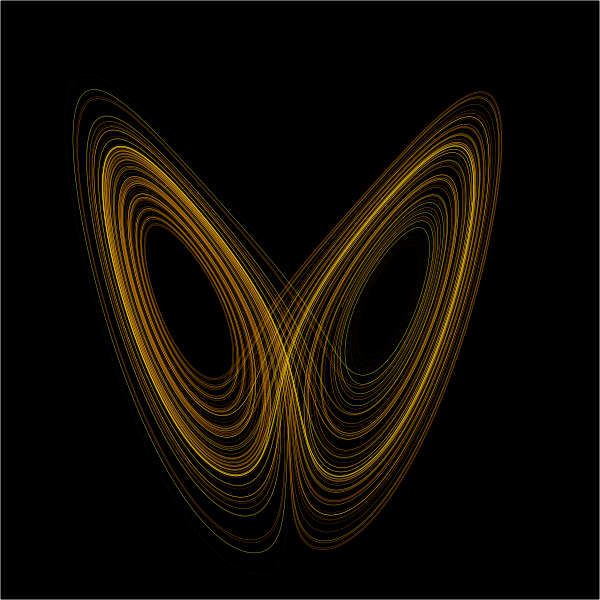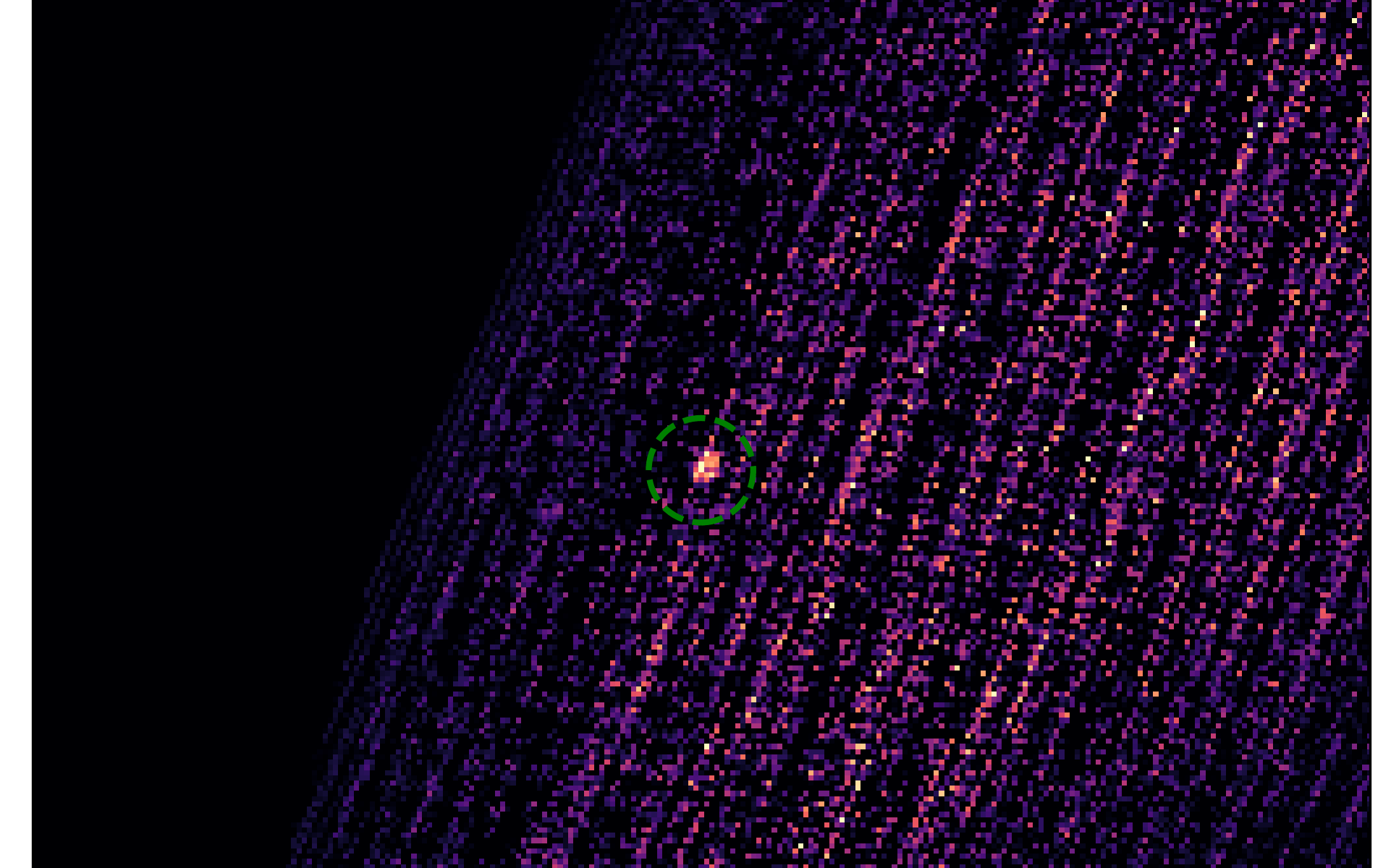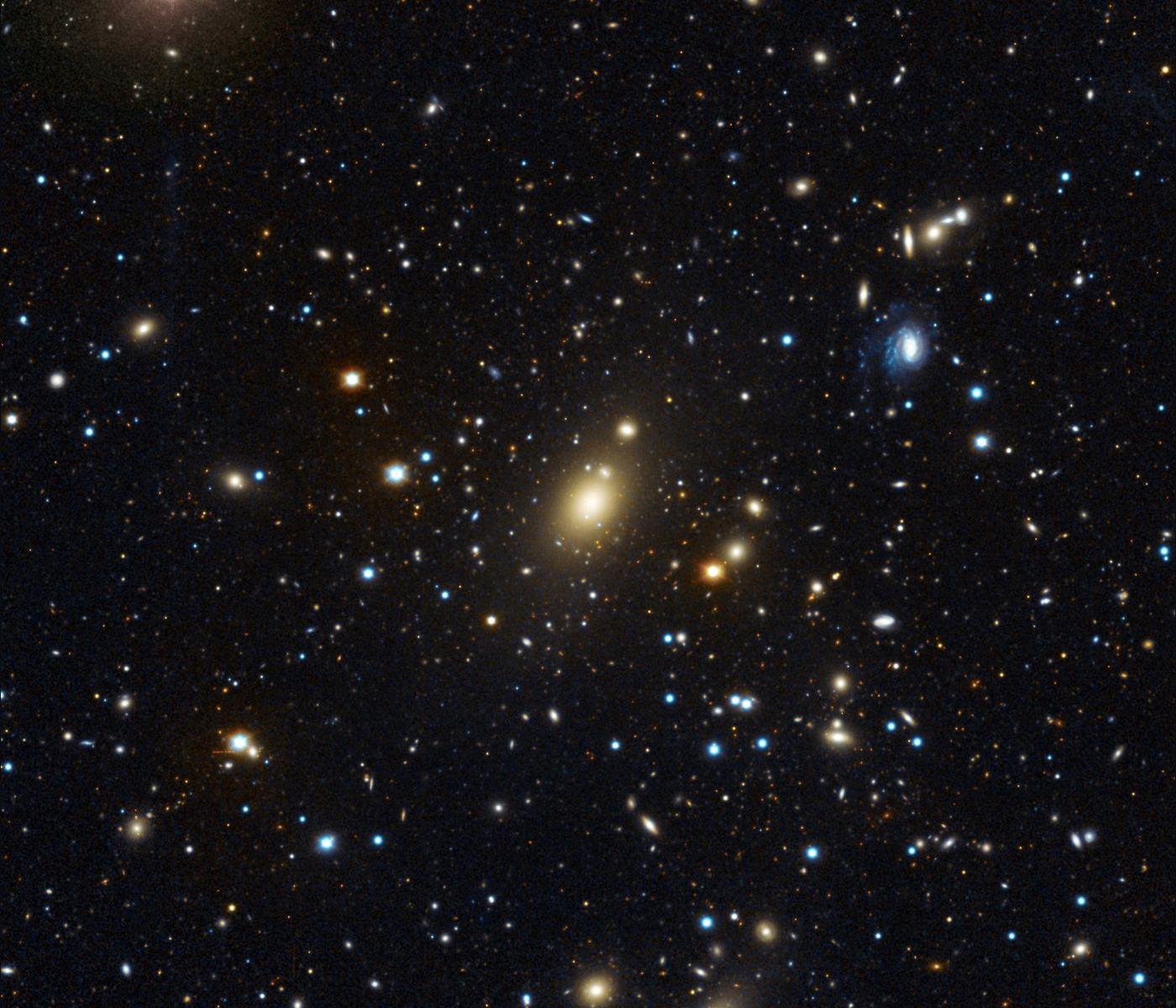Black holes are invisible to the naked eye, have no locally detectable features, and even light can’t escape them. And yet, their influence on their surrounding environment makes them the perfect laboratory for testing physics under extreme conditions. In particular, they offer astronomers a chance to test Einstein’s Theory of General Relativity, which postulates that the curvature of space-time is altered by the presence of a gravity.
Thanks to a team of astronomers led by the European Southern Observatory (ESO), the closest black hole has just been found! Using the ESO’s La Silla Observatory in Chile, the team found this black hole in a triple system located just 1000 light-years from Earth in the Telescopium constellation. Known as HR 6819, this system can be seen with the naked eye and could one of many “quiet” black holes that are out there.
Continue reading “Closest Black Hole Found, Just 1,000 Light-Years From Earth”


